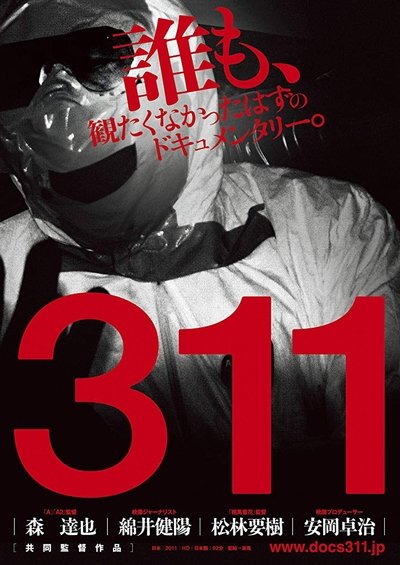311
Genres
Documentary
OverView
Two weeks after the earthquake, writer and movie director Tatsuya Mori, journalist Takeharu Watai, movie director Yojyu Matsubayashi, and movie producer Takuji Yasuoka, headed for the disaster stricken area, not thinking this film would become a production. "Only to confirm the situation" was their common objective.
Others
Budget
$--
Revenue
$--
Status
Released
Original Language
Japanese
Runtime
94 mins
Rating
6/10
Release Date
03 March 2012
Country
Japan
